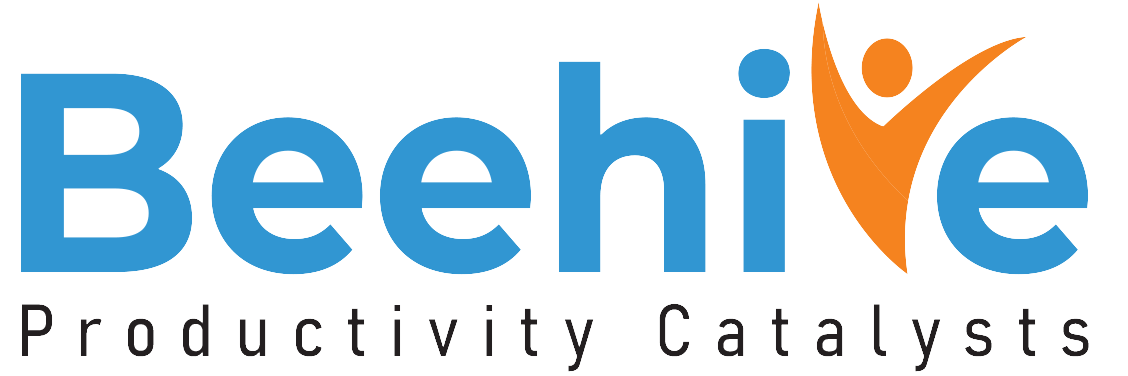The $2.5 billion loss due to poor wellness programs
Many companies roll out wellness apps, fitness challenges, and mindfulness sessions as if wellbeing can be downloaded. But when underlying issues like lack of trust or leadership ignoring feedback corrode the culture, these efforts fall flat. Employees see through the pretend play. Wellness whistles won’t drown out the roar of unresolved problems. A true HR wellness strategy must start with trust, transparency, and leadership accountability.
Organizations that understand the limits of wellness programs know that culture eats programs for breakfast. Workplace wellbeing is bigger than events and apps. It begins with genuine leadership and not fun fridays.
Definition of toxic workplace culture
A toxic culture is not “fun gone wrong.” It is a system where employees are fearful, unheard, or forced to prioritize image over honesty. It includes:
- Leaders promising support but failing to act
- Managers undermining feedback or playing favourites
- Policies celebrating balance but rewarding overwork
- Teams that hide mistakes out of fear
Those conditions undermine employee wellbeing more than any stress program or yoga session can repair.
Why wellness programs fail alone
Wellness initiatives fail when they overlook context:
- Perk mismatch: Fitness trackers feel tone-deaf when the workday never ends
- Attention deflection: Wellness becomes a PR stunt to cover deeper problems
- Employee burnout: Workers skip sessions because emails are still unanswered
When wellness programs don’t respond to the workday reality, they often backfire. This reinforces the sense that the leadership is out of touch and the culture is performative.
The connection between culture and employee wellbeing
Employees don’t suffer from wellness deficits. They suffer from cultural deficits.
According to a 2024 Deloitte survey, leaders cited lack of trust and inconsistent leadership actions as top reasons employee engagement fails even when wellness programs exist. Pressures to perform, unclear roles, and unfair policies directly harm mental health at work.
Without foundational trust, wellbeing interventions feel hollow.
Leadership accountability as the missing link
Culture is built when leaders exemplify it. Toxic signals often stem from unaccountable leadership. Breaking the cycle requires:
- Leaders owning mistakes and inviting feedback
- Storytelling about failure and recovery
- Setting boundaries for themselves and others
That level of leadership accountability shifts the tone from toxic to trustworthy.
Rebuilding workplace trust
Trust is not declared but earned. HR must lead these repair efforts:
- Encourage open, anonymous feedback
- Follow up and share action plans
- Celebrate vulnerable acts from managers
- Audit workload, performance expectations, and conflict handling
- Hold leaders publicly accountable for wellbeing outcomes
When HR gives it spotlight, workplace trust becomes functional, not mythical.
Integrating culture repair into HR wellness strategy
An effective HR wellness strategy is not an add-on—it is woven into everyday systems:
- Recruitment screens for values fit and resilience
- Onboarding publicises healthy behaviours and expectations
- Performance management rewards ethical boundaries and respect
- Wellbeing initiatives tackle the stressors, not just offer freebies
- Offboarding listens for culture pain points before it’s too late
This full-circle integration brings wellness out of pamphlets and into reality.
How Beehive HRMS enables real culture change
If your leadership’s answer to burnout is a meditation app without adjusting workload or tone, it’s not a solution but a show. Beehive HRMS offers tools that embed accountability, transparency, and genuine feedback into the daily rhythm of work. Here’s how:
a. Data-driven insights
Beehive’s advanced HR analytics let you detect patterns of employee burnout and disengagement long before they escalate. It pinpoints dysfunctional trends by team, manager, or workload segment.
b. Integrated feedback
With anonymous pulse surveys, engagement polls, and exit feedback tools, HR gains honest insight into the workplace trust equation. This feedback is systematised, so you act on it.
c. Workload visibility
Beehive’s workload dashboards provide transparency into unrealistic expectations, helping leaders recognise imbalance. Instead of rewarding hustle culture, organizations can align outcomes with sustainable effort.
d. Manager coaching
Using automated alerts, Beehive nudges managers to check in with team members, offer recognition, or initiate conversations around workload and employee wellbeing. It shifts leadership behaviour from reactive to intentional.
e. Wellbeing metrics
Forget vanity metrics like session attendance. Beehive measures what impacts HR wellness strategy: manager effectiveness, team stress indicators, attrition risk, and trust levels, providing clear direction for cultural improvements.
The right way to fix workplace culture
Employees know when the culture is broken and they also know when leadership is ignoring it.
Wellness program failure often comes from misdiagnosing the root issue. What employees are asking for is not another motivational speaker. They are asking for safety, boundaries, and the freedom to do meaningful work without sacrificing their health.
Beehive HRMS is built for organizations ready to do the hard work of cultural change. From data-led insights to structured feedback loops, from manager enablement to burnout prevention. It doesn’t just digitize HR but also humanizes it. Beehive enables you to move from tokenism to transformation, from bandaids to behavioural shifts.
Because in 2025, your greatest wellness initiative is trust and Beehive helps you earn it.






